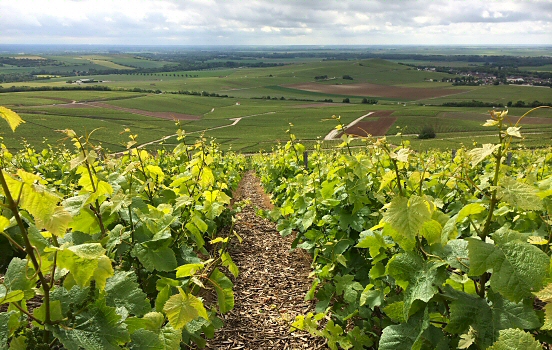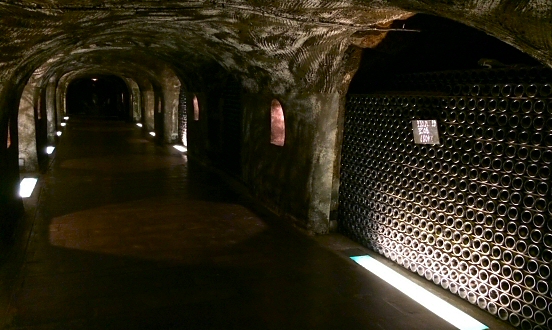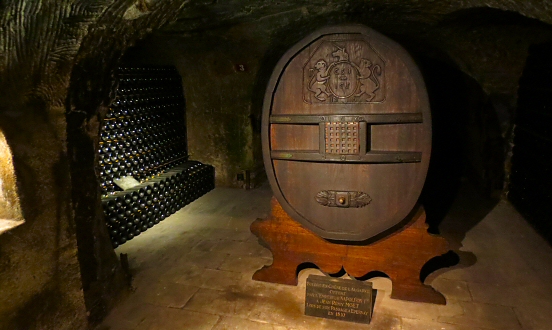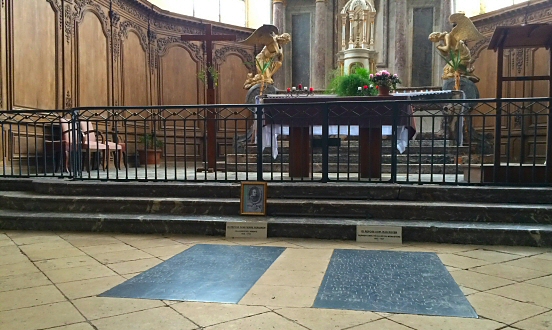I rolled into the Champagne region with the sort of expectation that comes from a steady reputation. That every vineyard smells of yeast, every cellar echoes with history and every bottle hides a story. What I found was all that, plus proud stories, dark tunnels and a lot more respect for what goes into that sparkling glass.
 Chardonnay grapes at Mutigny.
Chardonnay grapes at Mutigny.
The giants are what most people go to see. Moët & Chandon is a monolith with vast halls and endless corridors carved into the earth. Their wine cellars spans 28 kilometers beneath Epernay.
 The endless wine cellars below Moët & Chandon.
The endless wine cellars below Moët & Chandon.
I roam the damp and chilly underground tunnels and stumble upon a large barrel delivered by Napoleon himself to his good friend Moët in 1810. The past presses in, fragrant with oak and ambition.
 The barrel from Napoleon.
The barrel from Napoleon.
Dom Pérignon. The monk, the myth, the marketing darling. He was once the cellar master at the Benedictine Abbey and one of the key figures behind the development of the double-fermentation process. Today his name is used as a trademark by Moët & Chandon.
 Dom Pérignon, lending his name as a trademark by Moët & Chandon.
Dom Pérignon, lending his name as a trademark by Moët & Chandon.
He died in 1715 and I visit his tomb in the abbey of Hautvillers, a town which proclaims itself as “the cradle of Champagne”. The man didn’t invent champagne, but he sharpened the tools, pushed the boundaries, turned fermentation into something more than chemistry.
 The tomb of Dom Pérignon (left).
The tomb of Dom Pérignon (left).
But beyond the factory-like compound of Moët & Chandon, there are still family estates which carries on their proud legacy. P.M. Roger & Fils, tucked away in Ay, has no massive monolith, no crowd, no polished sheen of global PR. Just people who know what the crack of a cork means, what grapes taste like, what patience costs. The cellar master there turned out to be a charismatic fellow. The sort of guy who can taste rain and sunshine in a grape.
In the end, Champagne isn’t just about tasting luxury. It is history, terroir, skill, soil and sweat all fizzing in a flute. Standing in its birthplace, tasting its heartbeat, I realize that it’s not the label, but the earth, the people, the patience. Every sip carries more than bubbles. It carries toil and miracles. And that’s what makes it worth it.
Comments
No comments yet.
Leave a reply